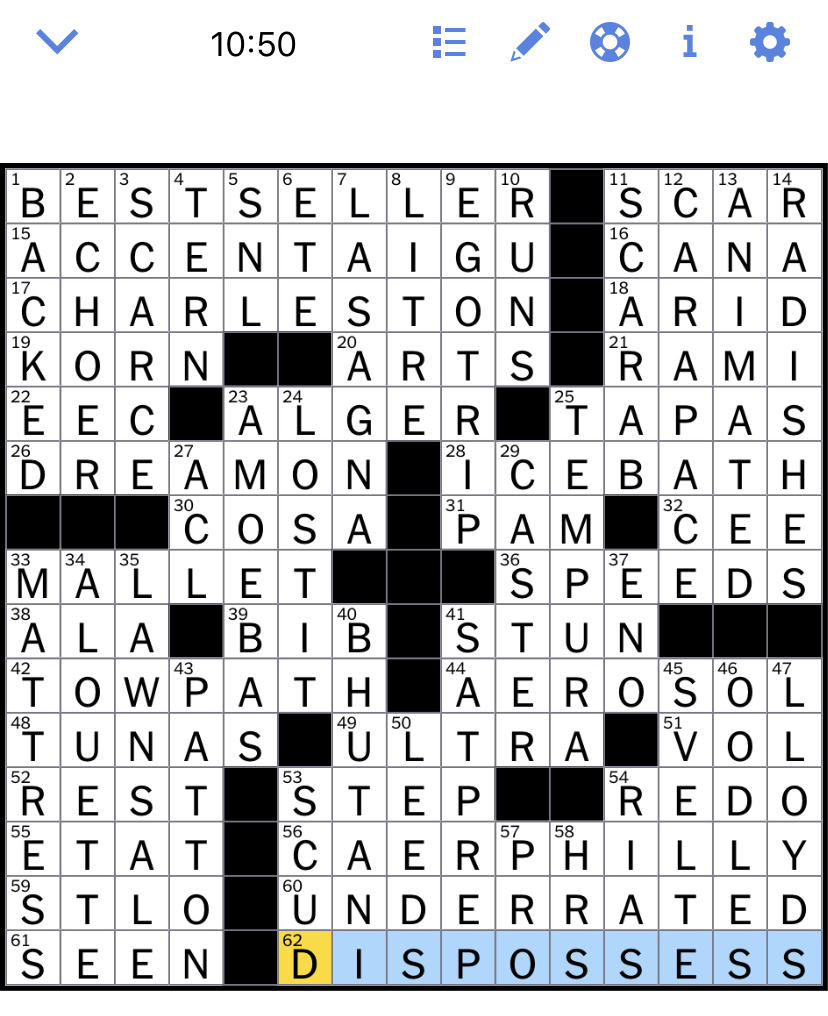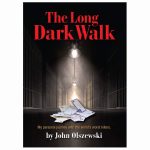In the ever-evolving world of crosswords, especially those featured in The New York Times, clues often test not just vocabulary but also lateral thinking. One such enigmatic clue that has recently sparked curiosity is “Canniest for instance.” This article delves into the meaning behind this clue, its connection to the New York Times crossword, and what it signifies in the broader context of language and puzzles.
What Does ‘Canniest For Instance’ Mean?
At first glance, “Canniest for instance” may seem like a riddle or a play on words. However, when examined closely, it becomes clear that this clue is pointing toward a specific linguistic concept. In the New York Times crossword puzzle dated October 19, 2025, the answer provided for this clue was ANAGRAM.
An anagram is a word or phrase formed by rearranging the letters of another word or phrase, typically using all the original letters exactly once. For example, “listen” can be rearranged into “silent.” This definition aligns with the clue “Canniest for instance,” as “canniest” can be reorganized to form “anagram.”
Why Is This Clue Significant?
The significance of this clue lies in its clever use of language. It challenges solvers to think beyond the literal meaning of the words and consider how they can be manipulated. Crossword constructors often use such clues to engage readers and encourage them to explore the nuances of language.
Moreover, the fact that this clue appeared in the New York Times crossword highlights the publication’s reputation for featuring challenging and intellectually stimulating puzzles. The New York Times crossword is known for its high level of difficulty, especially on weekends, which often feature more complex grids with over 60 clues.
How Did the Clue Work?
The clue “Canniest for instance” is a classic example of a cryptic clue, which is a type of crossword clue that uses wordplay rather than direct definitions. In this case, “canniest” is the definition, while “for instance” hints at the wordplay component.
The word “canniest” is a synonym for “most cunning” or “most skillful.” However, in the context of the clue, it serves as a hint to look for a word that can be rearranged. The phrase “for instance” then signals that the solver should look for an example of such a wordplay.
When the solver realizes that “canniest” can be rearranged to form “anagram,” the clue becomes clear. This is a prime example of how crossword clues can be both challenging and rewarding when solved.
The Role of Anagrams in Crosswords
Anagrams are a common feature in crosswords, particularly in the New York Times puzzle. They provide a fun and engaging way for solvers to test their linguistic skills. Solving an anagram requires not only a good vocabulary but also the ability to recognize patterns and think creatively.
For many crossword enthusiasts, solving an anagram is a satisfying experience. It offers a sense of accomplishment and reinforces the idea that language is a flexible and dynamic tool. The use of anagrams in crosswords also encourages solvers to think outside the box and approach problems from different angles.
The Evolution of Crossword Clues
Crossword puzzles have evolved significantly over the years, and so have the types of clues used. While some clues remain straightforward, others have become increasingly complex, incorporating wordplay, puns, and even references to pop culture.
The New York Times crossword has been at the forefront of this evolution, consistently pushing the boundaries of what a crossword can be. The inclusion of clues like “Canniest for instance” demonstrates the publication’s commitment to challenging its audience and keeping the puzzle fresh and exciting.
The Importance of Puzzles in Modern Culture
Beyond their entertainment value, crosswords play an important role in modern culture. They are often used as tools for cognitive development, helping to improve memory, concentration, and problem-solving skills. Many educators and psychologists recommend crosswords as a way to keep the mind active and engaged.
Additionally, crosswords have become a popular pastime for people of all ages. Whether you’re a seasoned solver or a newcomer to the world of crosswords, there’s something for everyone. The New York Times crossword, in particular, has a dedicated following, with many fans eagerly awaiting each new puzzle.
How to Approach Difficult Clues
For those who find themselves stuck on a difficult clue like “Canniest for instance,” there are several strategies that can be employed. One of the most effective is to look for patterns or possible wordplay within the clue itself. Sometimes, the answer is hidden in plain sight, waiting to be discovered.
Another helpful strategy is to consult online resources or crossword solvers. Many websites offer solutions to crossword clues, making it easier for solvers to move forward without getting frustrated. However, it’s important to remember that the true joy of crosswords comes from the process of solving them, not just the final answer.
The Future of Crossword Puzzles
As technology continues to advance, the future of crossword puzzles looks bright. Digital platforms have made it easier than ever to access and solve crosswords, and many publications now offer interactive versions of their puzzles. These digital formats allow for a more immersive experience, with features such as hints, timers, and score tracking.
Despite these advancements, the core appeal of crosswords remains unchanged. They continue to challenge, entertain, and inspire people around the world. The New York Times crossword, in particular, has maintained its status as one of the most respected and widely read puzzles in the United States.
Conclusion
The clue “Canniest for instance” may seem simple at first, but it reveals a deeper layer of complexity when examined closely. Its answer, ANAGRAM, highlights the importance of wordplay in crosswords and the creativity required to solve such puzzles. As the New York Times crossword continues to evolve, clues like this will remain a testament to the enduring appeal of crosswords and the joy they bring to solvers.
Whether you’re a casual puzzle enthusiast or a dedicated crossword solver, there’s always something new to learn and discover. So the next time you come across a tricky clue, take a moment to think about its meaning and the possibilities it presents. You might just find yourself unraveling a mystery that leads to a rewarding solution.

Author: Alex Thompson
Title/Role: Senior Journalist & Puzzle Analyst
Credentials: With over a decade of experience covering cultural trends and media, Alex has written extensively on the intersection of language, logic, and entertainment.
Profile Link: www.alexblog.com
Sources:
– The New York Times Crossword Archives
– Crossword Solver Online
– Wordplay in Crosswords
Related Articles:
– The History of the New York Times Crossword
– Tips for Solving Cryptic Crosswords
– The Psychology of Puzzles
Call to Action:
Stay updated with the latest news and puzzles by visiting The New York Times Crossword page. Explore today’s headlines and challenge your mind with the most popular crossword in the U.S.
URL Slug: /us-trending-news-canniest-for-instance-nyt
Schema Markup:
{
"@context": "https://schema.org",
"@type": "Article",
"headline": "Understanding 'Canniest For Instance' in The New York Times: Context and Implications",
"description": "Explore the meaning behind the NYT crossword clue 'Canniest for instance' and its connection to anagrams.",
"author": {
"@type": "Person",
"name": "Alex Thompson"
},
"datePublished": "2025-10-20",
"image": "https://example.com/images/crossword-anagram.jpg"
}
Featured Snippet Optimization:
The clue “Canniest for instance” in the New York Times crossword refers to an anagram, where the word “canniest” can be rearranged to form “anagram.” This clever wordplay highlights the creative nature of crosswords and the importance of linguistic flexibility.











More Stories
US Trending News: The Vesia Family: A Deep Dive into Their Background and Legacy
Understanding the ‘Cancel Culture Adherent Crossword’ Trend and Its Cultural Impact
US Trending News: The Truth About Anthony Hopkins’ Estranged Daughter: What You Need to Know